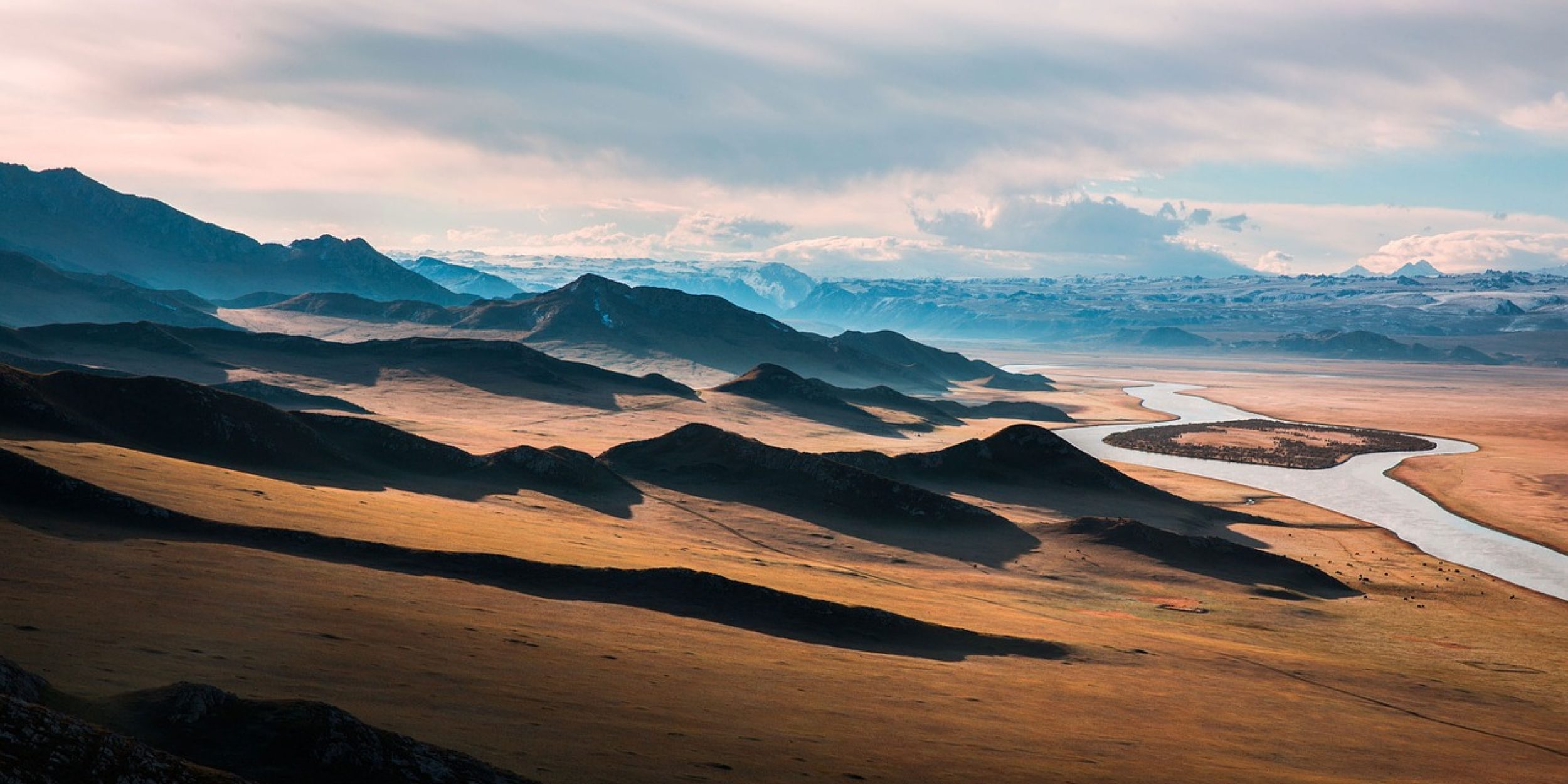Climate change is expected to cause large changes in precipitation, runoff and streamflow, drought, and other hydroclimatic fields, with potential damaging impacts to society and the environment. A new study, funded in part by CPO’s Climate Observations and Monitoring (COM) program, provides an updated and more comprehensive view on historical hydroclimatic trends to improve documentation and understanding of these long-term changes. Published in Climate Dynamics, the study quantifies how much of the changes in those trends can be attributed to external forcing (i.e. climate change). Dr. Aiguo Dai, from the University at Albany, SUNY, explored the patterns in global hydroclimatic changes, including precipitation over land, streamflow, and drought severity, from 1950 to 2018. Dai found that precipitation has increased over mid-high latitude Eurasia, most of North America, Southeast South America, and Northwest Australia, while it has decreased over most Africa, eastern Australia, the Mediterranean region, the Middle East, and parts of East Asia, central South America, and the Pacifc coasts of Canada. The streamflow records correspond to the increase or decrease in precipitation, with an increased risk in drought over Africa, southern Europe, East Asia, eastern Australia, Northwest Canada, and southern Brazil. Dai compared the trends that actually occurred with the simulated trends from a climate model to assess what portion of the changes were driven by external factors rather than by internal or natural variability. He found that many of the observed patterns from the historical data are consistent with model-simulated trends for the same time period. This consistency suggests that greenhouse gasses and other external forcing may have already caused detectable changes in the hydroclimatic fields. On the other hand, Dai found that some regional trends are likely caused by internal variations over multiple decades and not comparable to the model results. In the paper, he discusses the major climatic systems which drive this internal variability (e.g. the Interdecadal Pacific Oscillation). Notably, Dai found a new connection between drought variability and the combined impact of the Interdecadal Pacific Oscillation and Atlantic Multidecadal Variability. This work also serves as a reference for the updated streamflow and drought severity data used in this research and now available to the scientific community at-large. Read the article »




Climate Program Office
Advancing scientific understanding of climate, improving society’s ability to plan and respond






Climate Program Office
Advancing scientific understanding of climate, improving society’s ability to plan and respond
Scroll to Top

